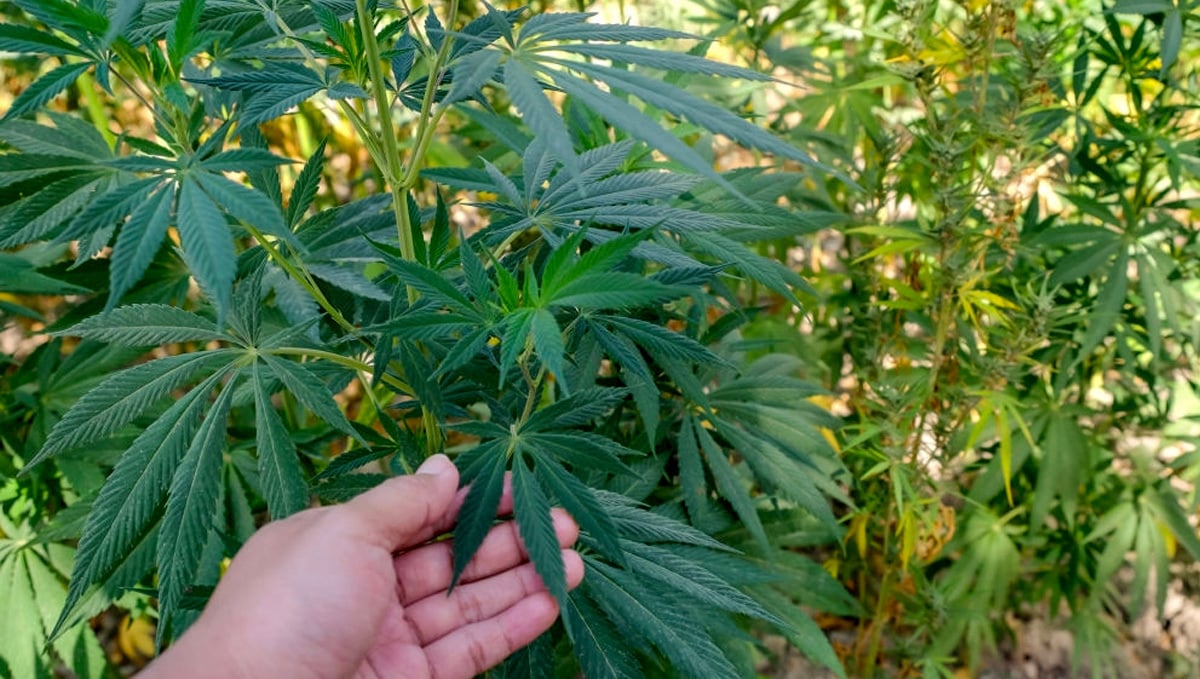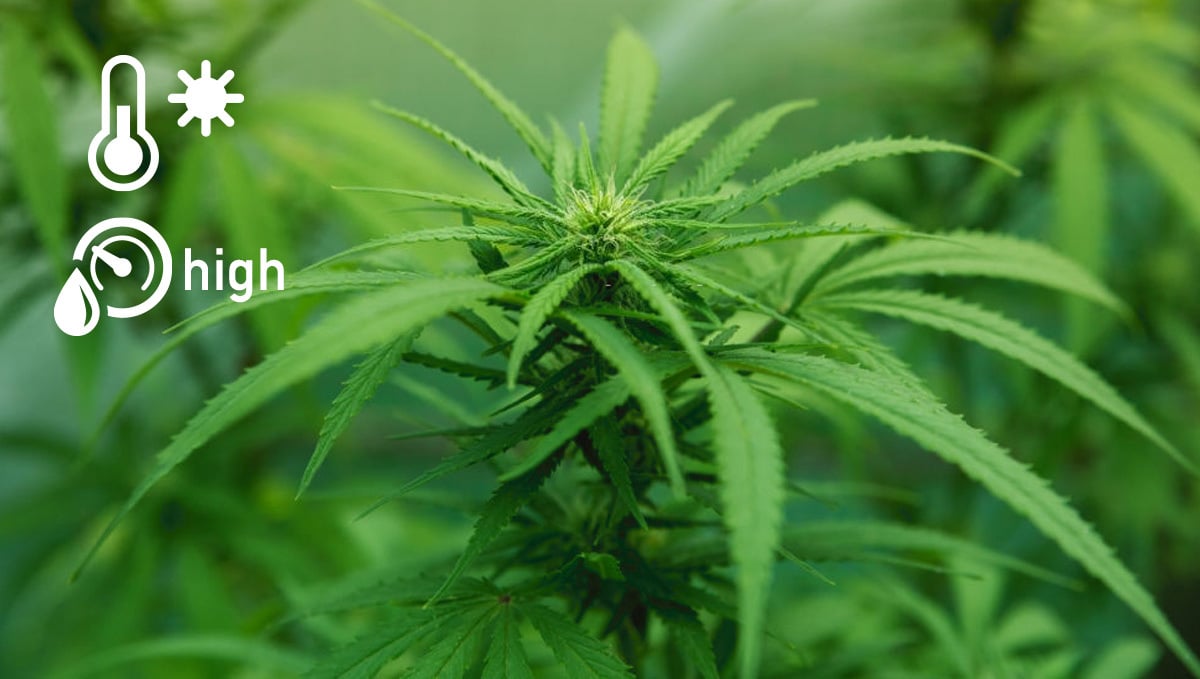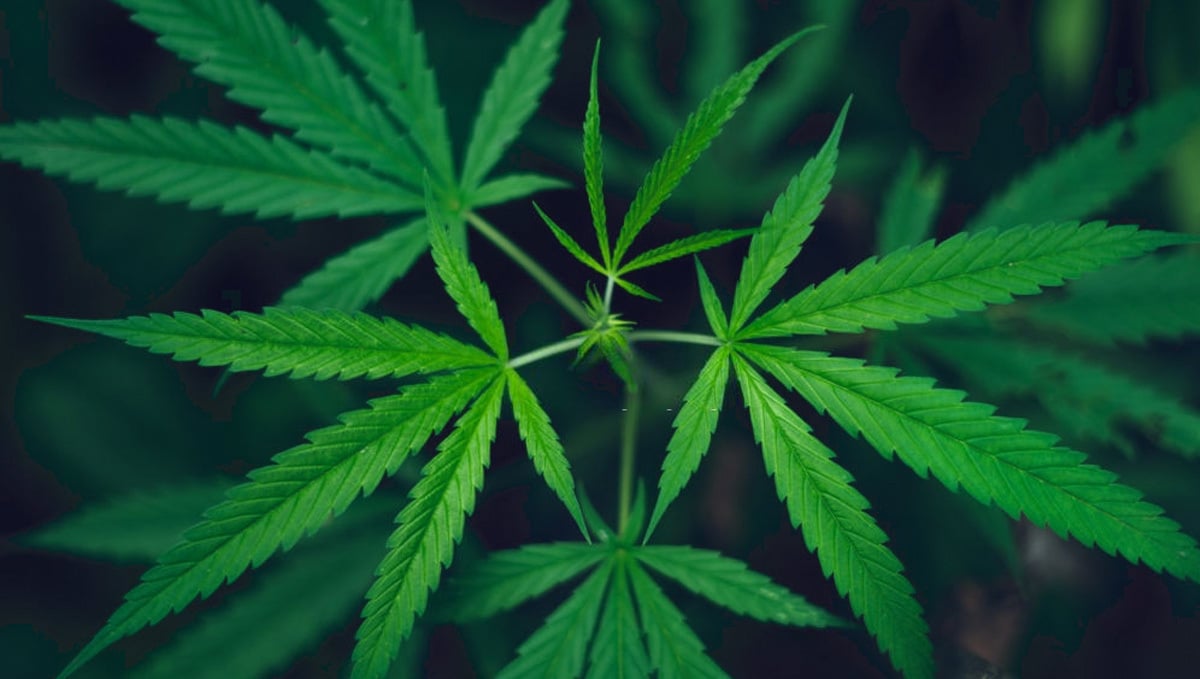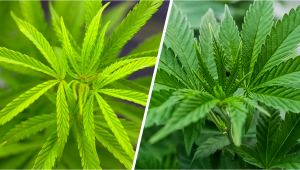What Is Sativa And Its Effects

- 1. The history of sativa
- 2. Sativa’s characteristics
- 3. The effects of sativa
- 4. The best sativa-dominant autoflowering strains of 2022
- 5. In conclusion
If you’ve ever bought cannabis from a coffee shop or dispensary, browsed for cannabis seeds online, and read anything about weed, you’ll have come across the terms “Sativa” and “Indica”. Here, we’re going to focus on the Sativa subtype of cannabis. This subtype features a distinct physical appearance that makes it stand out from its Indica counterpart. First of all, it grows much taller and sometimes develops a tree-like appearance with heights in excess of 300cm. It also features fan leaves that possess thinner leaflets or “fingers”. So, where exactly does this subtype of weed come from, and what else makes it so different?
Sativa is the most known species of cannabis. Its effects are what people usually think of when thinking about smoking cannabis, a strong cerebral with a nice uplifting and sometimes euphoric high. Sativas are usually high in THC and are what almost all cannabis consumers look after.
1. The History Of Sativa
The name Sativa is easily traced, as it is a derivative of the Latin word sativum. This means “cultivated” or “to cultivate” depending on its placement in a sentence, and it is hard to find a name more fitting. Up until the early 19th century, cannabis Sativa was one of the most widely spread cultivated plants on the face of the earth. The use of this name stretches at least as far back to the 1548 book “The Names of Herbes “ by English herbalist William Turner. In 1753, the Cannabis Sativa species was first officially classified by Swedish botanist Carl Linnaeus. At the time, and for over two hundred years following, the scientific community was of the understanding that Cannabis Sativa was the one and only species of the plant. It wasn’t until all the way up to 1974 when American biologist Richard Evans Schultes first published his discovery of Cannabis Indica from his research in the kush mountain region of Afghanistan.
The Cannabis Sativa species was first classified by Carl Linnaeus in 1753. This plant is indigenous to places with hot climates and developed in places like Thailand, Africa, Colombia, and Mexico. Because of the hotter climates, Sativas have developed taller and thinner than other cannabis species. It has been cultivated throughout history not only for the psychoactive effects but also as a source of fiber, oil, and medicine. In some countries, cannabis Sativa was and still is used as part of religious rituals, being considered a necessity to practice their religious beliefs.

However, the effects of sativa strains aren’t so simple after all. Cannabis popular culture often falls into the oversimplified trap of stating that Sativa-dominant weed produces an energizing effect, whereas Indica-dominant weed produces a physical and stoning effect. However, as you’ve learned, these labels are actually botanical classifications that make distinctions based on morphology, meaning their physical characteristics. What does this mean? That the shape and structure of a plant don’t necessarily dictate its chemical composition and therefore its effects. THC forms the core effects of both subtypes of cannabis. So how come they have become known for exerting contrasting sensations? Well, other chemicals come into play when it comes to the diversity of effects that cannabis produces. These chemicals include terpenes, the aromatic hydrocarbons that contribute to the unique flavors and effects of each strain. Some of these molecules directly impact the endocannabinoid system—the same system targeted by THC. Emerging research also points towards a synergistic effect between cannabinoids and terpenes that determine the effect of each cultivar, known as the entourage effect.
So, morphology doesn’t dictate the effect of a strain, but the chemical composition does. Several terpenes are responsible for more uplifting effects, such as limonene, whereas others are much more stoning, including myrcene. Many Sativa varieties received their energizing status because they typically contain more of these lively terpenes. But things start to get a bit more complex when realizing that plants with an Indica morphology can also house uplifting terpenes and that those with a Sativa shape can also produce stoning terpenes. The amounts of these aromatic molecules can also change within the same strain based on environmental conditions. Because of all of these variables, some researchers have suggested abandoning the Sativa and Indica classification system altogether when it comes to its effects. Instead, they suggest categorizing plants into chemovars, a system that groups plants purely based on their phytochemical composition.
2. Sativa’s Characteristics
Cannabis Sativa plants are the opposite of Indicas. Sativa will grow tall and thin with narrow leaves. The leaves will be a lighter shade of green and while being thinner, the leaves will usually have more “fingers”. Usually, Sativas need more light to grow and take more time, the buds produced by Sativa varieties have little to zero CBD and high THC levels.

Main Characteristics:
- Tall and with scattered leaves, usually growing between 150-300cm or more.
- Buds are long and less dense.
- Resistant to hot climates and high humidity.
3. The Effects Of Sativa
Sativa’s usually is high in THC and delivers a very cerebral head high. Its uplifting effects are great for people looking to enhance creative activities, such as painting and writing, or even hanging out with friends. Even though it is referred to as recreational cannabis, the head-high Sativa delivers can also be useful in treating attention disorders because of its ability to increase focus.

Nowadays almost every strain has a bit of Sativa in it, this is because breeders want to increase THC levels, this means you can get the cerebral effect a Sativa usually delivers with almost every hybrid available out there. Obviously, there can be slight changes in the number of cannabinoids and terpenes and this can have an influence on the effect but almost all hybrids have a little bit of Sativa genetics, and this surely passes onto the effect.
4. The Best Sativa-Dominant Autoflowering Strains of 2022
While finding a pure, landrace, Sativa is impossible with auto-flowering seeds, there are some beautiful Sativa-heavy strains that can give you all the benefits of a Sativa with a much shorter seed to harvest time. We have spent decades refining our genetics, and the results really do speak for themselves.
Lemon AK Auto
Coming in hot with a huge Sativa 75%/Indica 25% split, Lemon AK auto is one of our true Sativa heavy hitters. A 24% THC count is coupled with a 9 - 10 week sed to harvest time, an expected indoor harvest of 500 – 650 gr/m2, and a citrusy smoke that delivers uplifting euphoric highs - perfect for creative or academic pursuits.
Amnesia Z Auto
Amnesia Z Auto is another one of our Sativa big dogs, again with a Sativa 75%/Indica 25% split. This is an easy to grow, huge yielding autoflower strain from our premium collection. The terpene and trichome production is off the charts making this strain a hash or extract maker’s dream.
Amnesia Haze Auto
Amnesia haze is one of the most popular haze strains of all time, and now you can grab an auto-flowering version! This one comes from our OG section and has long been one of our top sellers. This full-blooded Sativa hybrid will knock your socks off with her 22% THC potency which creates will be a soaring, cerebral roller coaster.
Jack Herer Auto
No list of Sativa dominant strains would be complete without the legendary Jack Herer Auto. With a peaceful yet invigorating high, a perfectly balanced palette, huge buds with crazy amounts of glistening trichomes, and it is capable of producing 500gr/m2 in just 63 days.
5. In conclusion
Sativas are the most sought-after species out there. Even though it takes longer to flower and will usually yield less, the unique effect is something cannabis consumers love. Sativas with a more pure lineage will have effects that can be described as psychedelic almost. As the area of cannabis research evolves and explodes, it is becoming more and more clear that maybe the old definitions of Sativa and Indica could be a little skewed. It seems that the more deeply we dive into cannabis research, the more we realize that cannabis and its effects are much more complex than originally thought. Terpenes, CBD, CBN, THC, and a bunch of other compounds combine to make the high what it is, not just if it is a Sativa or Indica.
If you’re looking for a Sativa strain that will have the true effects of a Sativa, we recommend our Sour Jealousy Auto.
Other Sativas that have Indica in their lineage will deliver an uplifting effect that will slowly change into a more relaxing body high. Nowadays there are hybrids for the likes of everyone, it’s just a matter of finding it.












Comments